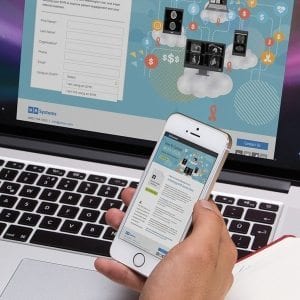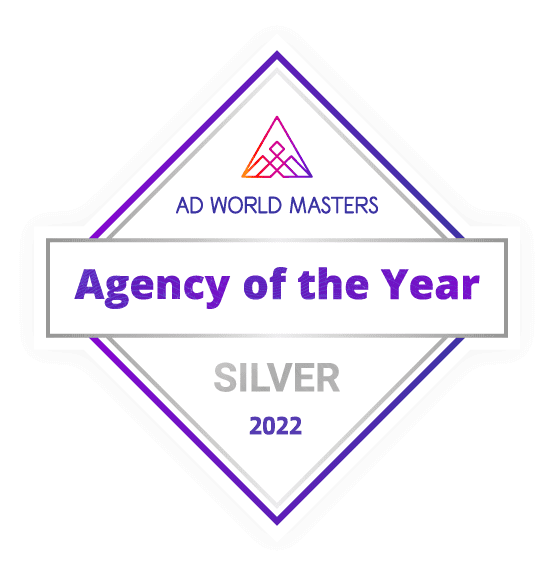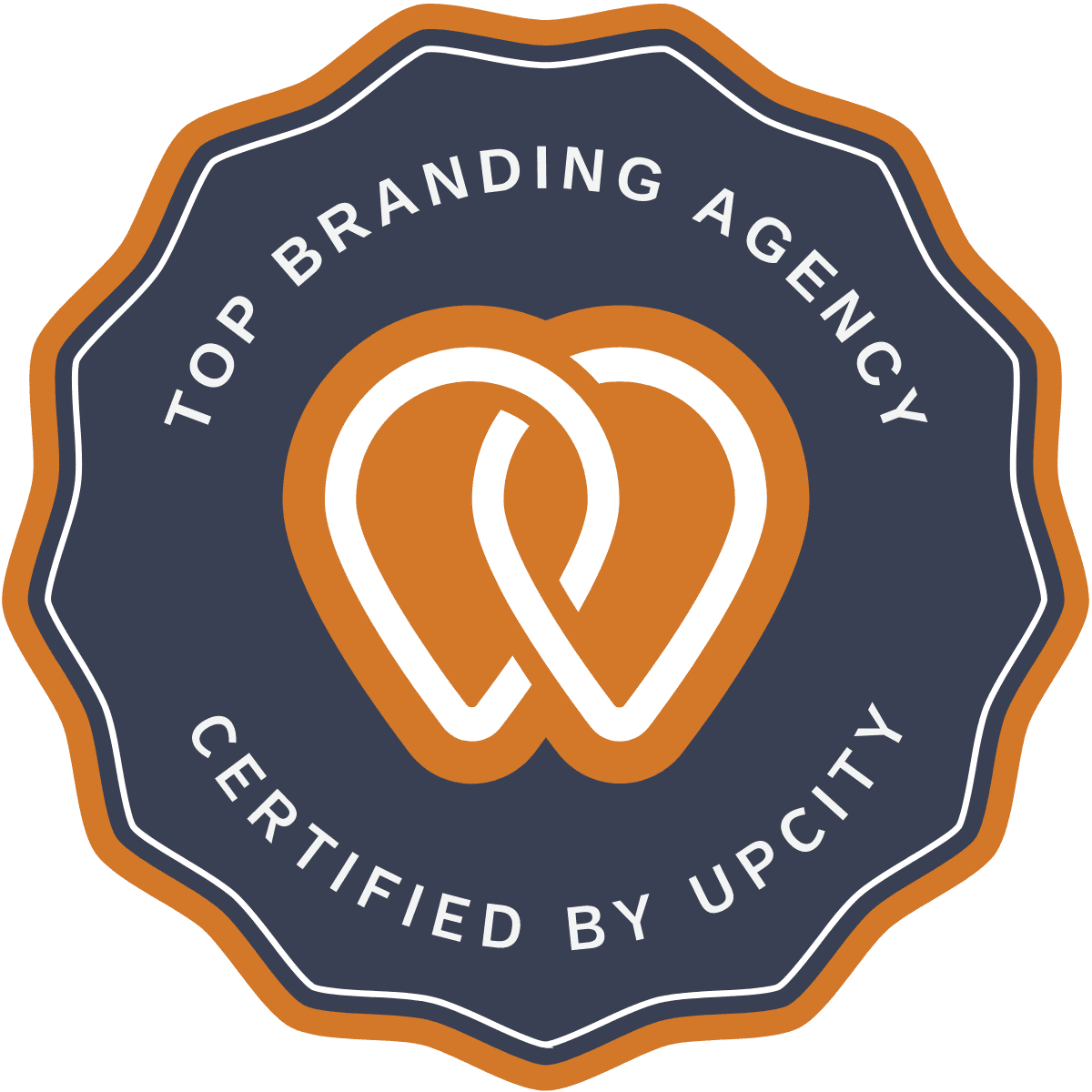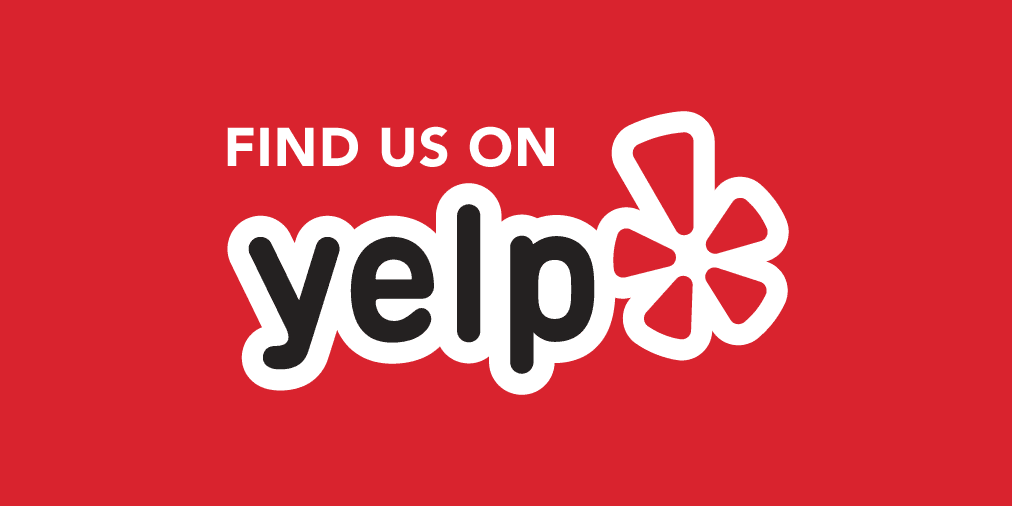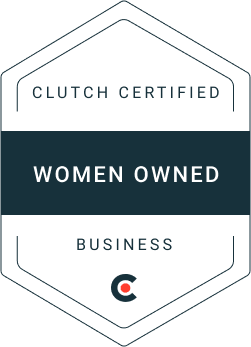
Now that Google Glass is officially on the market, what can we expect from this real life sci-fi headpiece? Current reviews of the product show that the high-tech glasses leave some features to be desired, but considering they are the first of their kind, the smart glasses are still amazing.
Consumers give credit to Google Glass for having a slick and comfortable design, yet we can certainly expect a redesign in the future. Reviews also show that the glasses make it easy to take hands-free photos and the head-tracking navigation is “surreal.” Another huge plus in Google’s favor is the Google Now app, an intelligent personal assistant that uses a natural language interface to answer questions, navigate the web, manage and communicate with contacts, schedule with Google calendar, and more.
Some of the major drawbacks of Google Glass are the price (you can expect to spend about $1700 on your first pair), poor battery life, poor lighting for 5MP photos, and a limited number of apps. Considering the fact that Google Glass is the pioneer technology in the smart glasses department, the listed drawbacks are to be expected, and Google already has plans in place to address many of the current drawbacks.
Today, Google announced its partnership with four developers from a variety of backgrounds. These partnerships represent Google Glass’ potential for use in the medical and sports industries, as well as being integrated into marketing and advertising efforts.
The first partner listed was APZ Labs, which makes the Skylight app, a certified Glass app that was built for business integration. Skylight claims to be the first platform developed specifically to support enterprise scenarios with smart glasses.
The second Google Glass developer announced was AugMedix, which uses the smart glasses to seamlessly integrate healthcare information to and from most major Electronic Health Records. AugMedix’s claim to fame is they allow healthcare providers freedom from cumbersome forms and paperwork, allowing them to focus on the care of their patients.
The third developer announced was CrowdOptic, which will provide apps with up-to-the-minute news on sports, entertainment, and medical industries. The CrowdOptic app will act as a smart filter to provide its user with relevant news and updates through the smart glasses.
The final Google Glass partner to be listed was GuidiGo, which offers its users content-laden guided tours through museums and cultural institutions. The app will offer image recognition, so you can instantly impress others with your knowledge of the art you are observing. The app will also offer users a digital zoom feature, allowing users to see an amazingly detailed panoramic view.
The most recent developer annoucements are not the first partnerships Google had announced for its smart glasses. In March, a partnership with Oakley and Ray-ban’s parent company, Luxottica, made the sunglass producer a whopping $700 million. This partnership implies a future of stylish smart glasses, easily accessible at retail locations. Luxottica pledged to have Oakley and Ray-Ban Glass collections available to the market in 2015.
Regardless of whether you are an advocate of smart glasses, or are weary of the wearable tech, Google Glass is here to stay. Forward-thinking companies should plan for their future, and find ways to integrate the new technology into their business model and marketing tactics.
